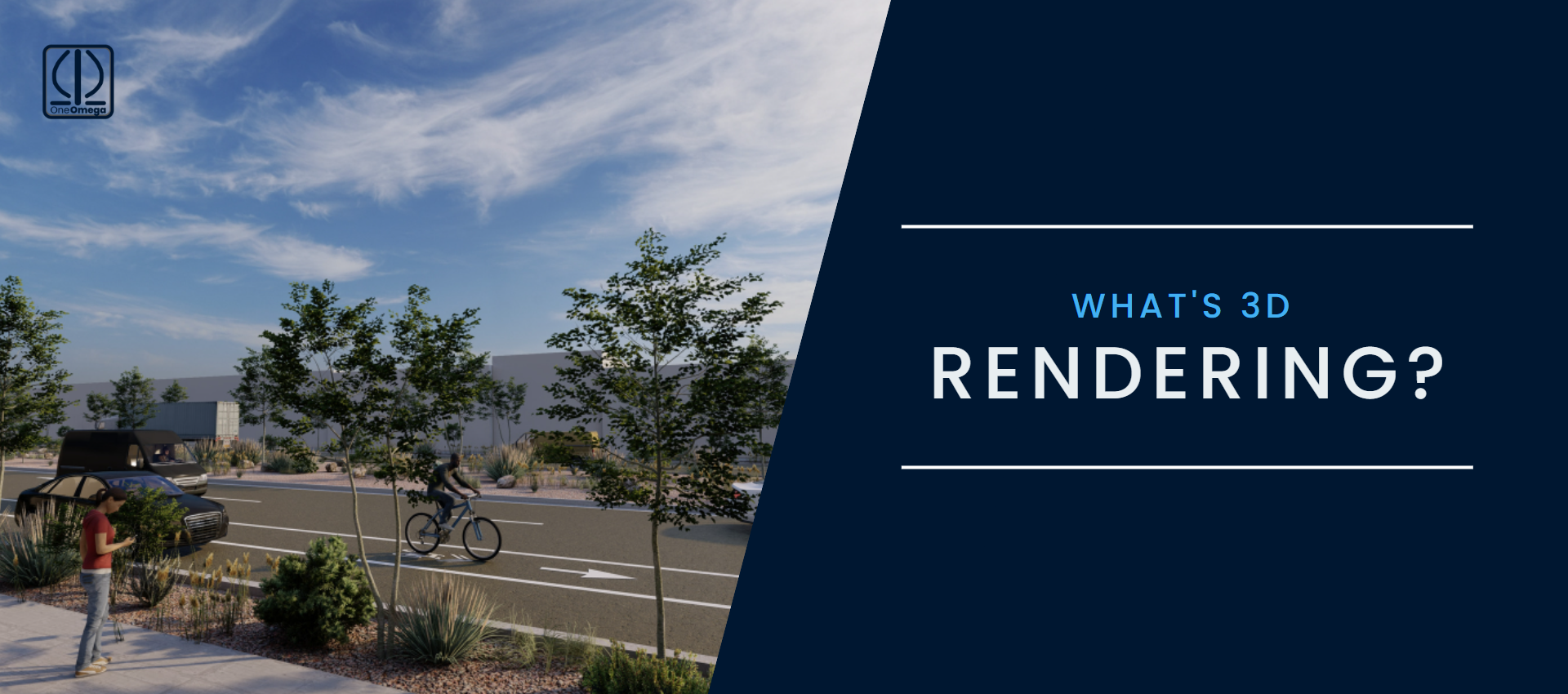
What´s 3D rendering?
- May 18,2022
3D images have the power to bring cinematic visions to life and help accurately plan the urban landscapes of tomorrow. Here, 3D expert Ruben Mena explains how it works. 3D rendering is all around us. From big action movies to car commercials to previews of upcoming buildings or product designs, 3D visualization has become so pervasive and realistic that you probably don't even know it's there. In this introductory piece, Ruben Mena of One Omega explains the basics of 3D rendering, from the computational methods that create images to the artistic techniques that create great CG content, and its various uses.
In a nutshell, 3D rendering is the process of using a computer to generate a 2D image from a digital three-dimensional scene. Specific methodologies, special software and hardware are used to generate an image. Therefore, we must understand that 3D rendering is a process, the one that builds the image.
We can create different types of rendered image; they can be realistic or unrealistic. A realistic image could be an architectural interior that looks like a photograph, an image of a product design such as a piece of furniture, or a rendering of a car. On the other hand, we can create a non-realistic image, such as an outline type diagram or an animated 3D style image and/or with a traditional 2D look. Technically, we can visualize anything we can imagine.
3D rendering is an essential technique for many industries including architecture, product design, advertising, video games, and visual effects for film, TV, and animation. In design and architecture, renderings allow creatives to communicate their ideas clearly and transparently. A render gives them the opportunity to evaluate their proposals, experiment with materials, carry out light and volume studies, and contextualize their designs in the real world before they are built or manufactured. For the media and entertainment industries, 3D rendering is critical to creating the sequences and animations that tell stories, whether we're watching an animated movie, a period drama, or an action sequence featuring explosions, ships from the future, exotic places, or extraterrestrial creatures. In recent years, the evolution of computer graphics in these industries has replaced traditional techniques. For example, special effects are being replaced by visual effects, which means stuntmen no longer risk their lives in car accidents.
In advertising, I would go so far as to say that 90% of car commercials are CG, or even more. In the architecture industry, many traditional techniques for creating renderings, such as scale models, have been replaced with photorealistic images to ensure we can appreciate exactly what something will look like once it's built. Process optimization, cost reduction and the demand for better quality results have helped the technology evolve. The hardware is more powerful than ever and the move to CG (computer generated) was inevitable.




Daniel Vandaft
- Jul 17,2015 at 15 hours ago